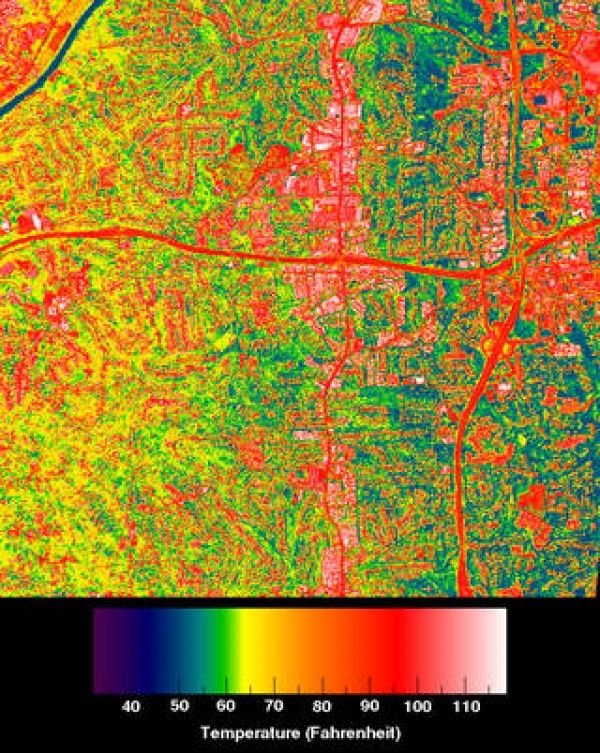For several decades, researchers have promoted replacing black tar and other dark-colored roofing materials with bright, Sun-reflecting surfaces or "green roofs" full of plant cover. Now they have used freely available satellite data to measure how effective these changes are.
Heat is often intensified or amplified in cities, a phenomenon known as the urban heat island effect. Asphalt, concrete, and similar materials absorb and retain significantly more heat than vegetation, so temperatures in urban areas are often 10 degrees Fahrenheit hotter than surrounding suburbs or rural regions. In neighborhoods with fewer trees and green spaces, this heat often disproportionately affects older adults, low-income communities and some communities of color.
Green roofs are designed to harness the cooling power of plants to lower the temperature in city spaces. The greenery may be extensive (shallow soil, low-maintenance plants) or intensive (deeper soil, more diverse plants and trees).
Continue reading at NASA Goddard Space Flight Center
Image via NASA Goddard Space Flight Center


